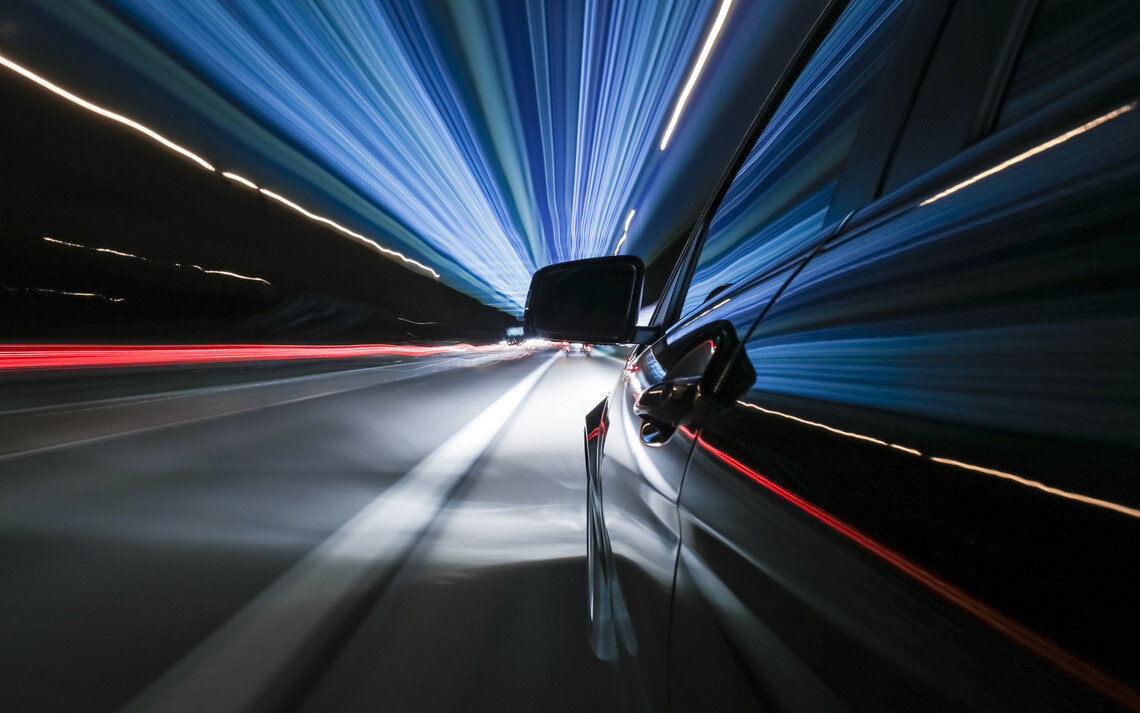
herobanner
Sensors, algorithms and a lot of data...the Internet of Things (IoT) can seem pretty mystifying if you’re not in the tech industry. So we sat down with Thomas Ledoux*, Michelin’s VP of Engineering for Connected Mobility, Services and Solutions, to understand how it's being used in the transport sector to boost sustainability and safety.

photo
Thomas Ledoux, Michelin’s VP of Engineering for Connected Mobility, Services and Solutions
As Michelin’s in-house IoT expert, what does IoT mean to you?
Thomas Ledoux: The goal of IoT must be to produce valuable, actionable data insights to improve any type of process. Let’s say for instance, you tell a customer that their tyre is at 8 bars (116,03 psi) and 3mm. It’s likely that he may not know what to do with that information. Instead, if we tell him, in 3 weeks, vehicle 11 needs the tyre on the right side of the steer axle changed ౼ that is actionable! IoT relies on hardware, complex algorithms and various technologies, with the end goal of improving processes, safety, sustainability, uptime, and simplifying everyday life.
What are some concrete benefits of IoT?
T.L.: In Europe, on average, tyres are removed when they reach 4.8mm tread depth. That is quite early compared to the legal minimum tread depth (which varies across countries but can go up to 1mm). It’s a lot of work for fleet owners to regularly check tyres on hundreds of vehicles. So, to ensure safety, they change tyres earlier than necessary. This has several consequences.
First of all, it wastes money and impacts their overall tyre budget.
Secondly, the rolling resistance of a worn tyre is lower than a new tyre. From an environmental perspective, the last kilometers driven on a worn tyre produce the lowest amount of CO2 emissions. This is why it’s so important to be able to use the truck tyres till their real end of life.
And finally, being able to remove a tyre at its real end of life, reduces raw material consumption (less tyres consumed).
When it’s possible to know exactly when a tyre needs to be changed, fleet owners can better organise maintenance processes. That means, using tyres with less than 4.8mm of tread depth and safely getting to the real end of life. In short, IoT enables predictive maintenance processes that boost sustainability, waste fewer tyres and benefit our customers’ bottom line.
The goal of IoT must be to produce valuable, actionable data insights to improve any type of process.
What’s an example of an IoT tyre solution?
T.L.: MICHELIN QuickScan addresses tyre wear. Drivers drive over a scanner, placed in a convenient location such as the site entrance and ౼ without any effort on their part ౼ the tread wear of each individual tyre is analysed and recorded. IOT enables us to design solutions that monitor tyres nearly every day and accurately predict wear. This gives our customers peace of mind and helps them focus on their job: transporting goods and people.
We also have developed other connected technologies, such as RFID (radio frequency identification) technology, placed inside the tyre rubber, to identify tyres throughout their life. It improves traceability of fleet operations up to retreading. Other MICHELIN connected technologies can measure temperature and pressure in real time and alert drivers of slow pressure leaks or other related problems. Knowing exactly what has been done in terms of maintenance with each tyre takes out the guesswork and ensures accurate predictive maintenance.
How does IoT impact sustainability and safety?
T.L.: These technologies are strong sustainability levers. You cannot imagine the number of tyres you can save just by better monitoring wear, pressure and temperature. By managing wear, you extend tyre lifespan and can organise maintenance, avoiding throwing out a lot of tyres too soon.
And, if we can monitor wear and pressure, we are, thus, improving safety. Ask any trucker and they will say steer axle compliance is extremely important for safety. Our solutions give them the information they need and the peace of mind that they are compliant.
You cannot imagine the number of tyres you can save just by better monitoring wear, pressure and temperature
How will IoT evolve in the coming years in our industry?
T.L.: Soon, we’ll start integrating new algorithms into IoT solutions to make the concept of truck platooning feasible. Autonomous platooning ౼ or linking several trucks very close together to lower emissions ౼ is only possible if you know everything about each tyre at each position. Think about it, if you have a hard braking situation, you need to be sure that all tyres are in good shape ౼ in terms of pressure, wear and temperature. In addition, future fleet management systems, powered by telematic applications, will go beyond tyres and give owners an overall view of their entire fleet ౼ including driver behavior, managing idle time, route optimisation ౼ in order to improve environmental impact, safety and overall efficiency.
*Interview by Thomas Ledoux conducted on 29 September 2021.

gettyimages 930571046
car going fast on a road by night








